
My characterization of the Peruvian mask as a Wapuri is just a guess. “Wapuri” is a character in the Bolivian Kullawada dance, which refers to a long-nosed European character. I am assuming that the Peruvian version is just a little different, but is used for similar purposes in similar dances. I could be wrong. Aaron, 583
A: I think you are correct.
The Peruvian Indians are mountain-dwelling, Quechua-speaking relatives of the Bolivians who live further south in the same Andes mountain range. Their customs and costumes are similar when it comes to Carnaval. One small difference– the Peruvian masks are usually made with molded plaster made with flour. The Bolivians use lots of other materials including tin.
Don’t you love that nose with its big wart and all that hair coming out. B+

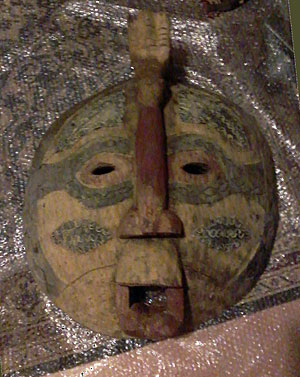
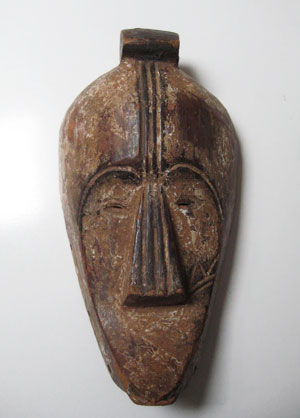
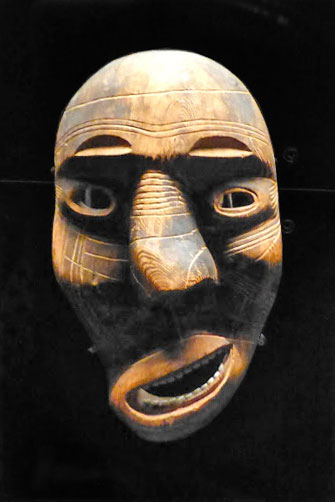
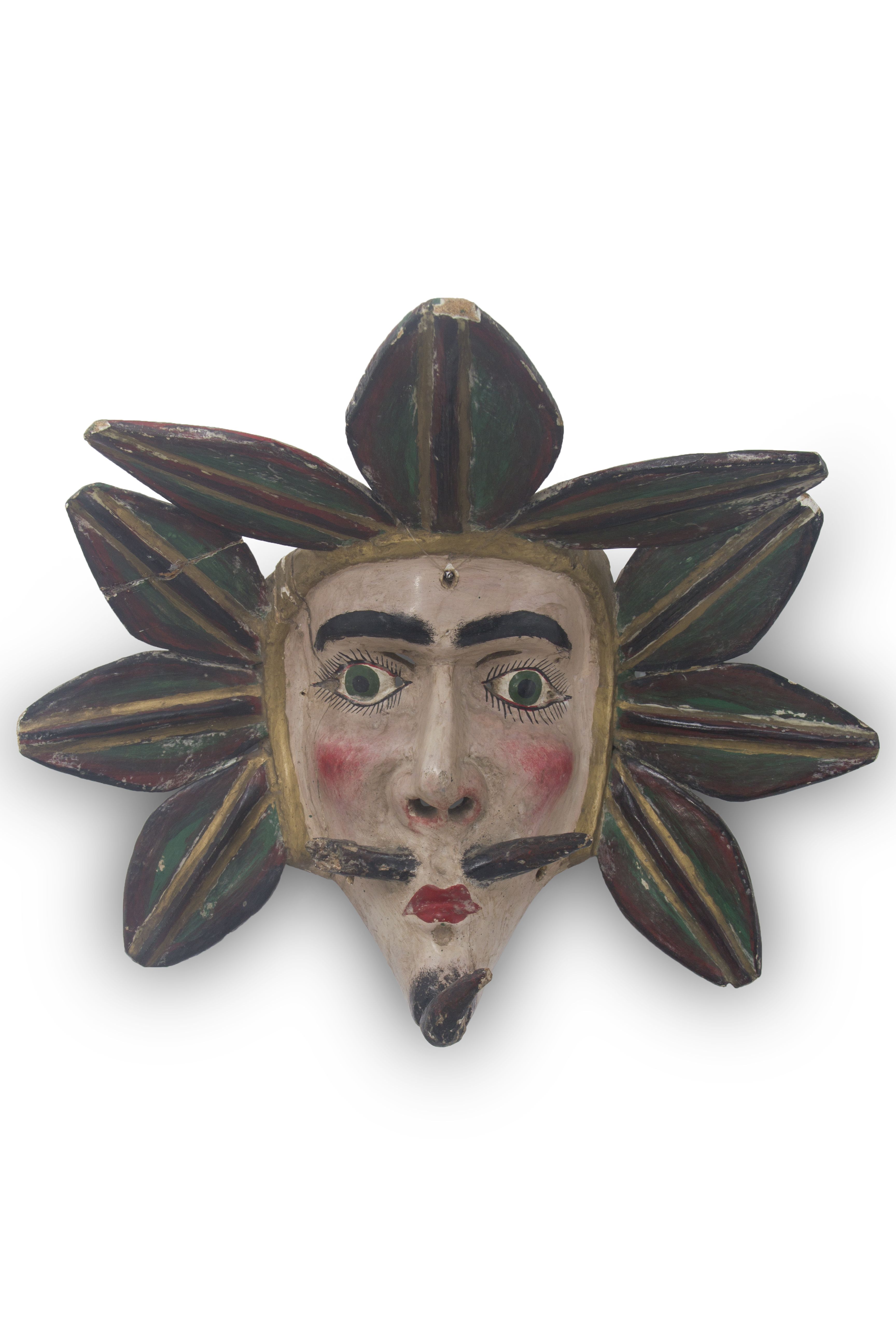
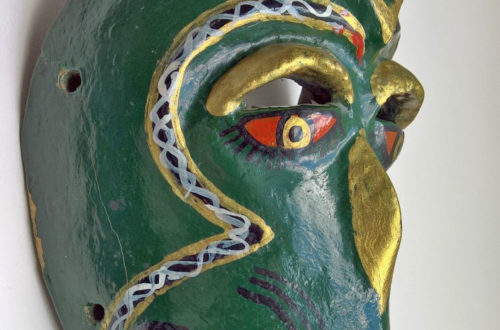
2 Comments
Aaron
I now think I may have been mistaken. Peruvians use a tremendous variety of masks, some of which look very similar. New information leads me to believe that this is more likely a mask that represents a Wayras or Siklla (a lawyer or doctor), who are the subject of merciless ridicule during the Feast of the Virgin of Carmen in Cuzco.
Zoe Ponce Massey
This is a mask of Caporal, used at Paucartambo feast in Cusco Perú.
you can find out more about the masks in my country in the following links though you might need a translator.
https://pablogui.blogspot.pe/2017/04/la-mascara-en-la-danza-peruana.html
http://tierradevientos.blogspot.pe/2013/04/mascaras-cuzquenas.html